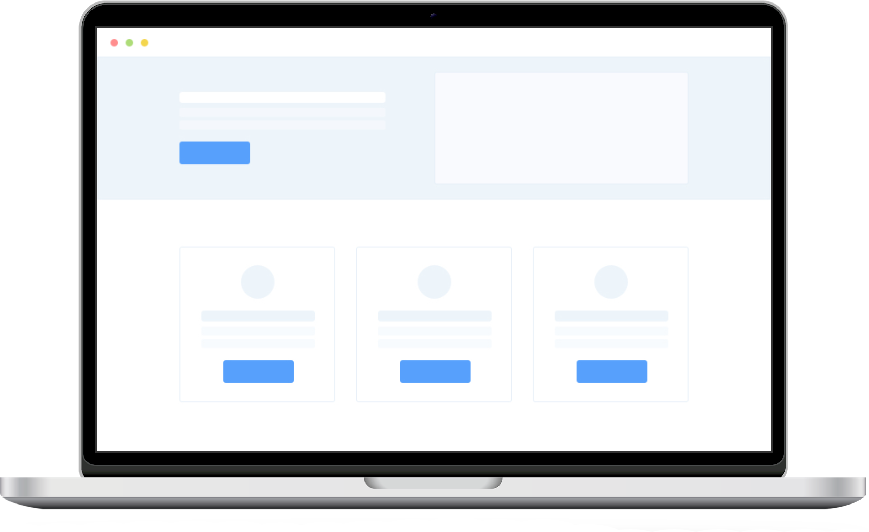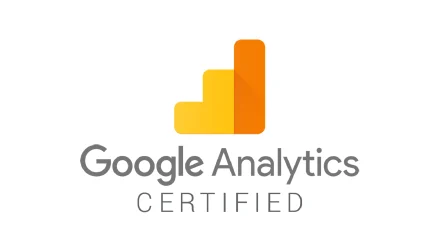Ecom Internet Client Portfolio
Through our specialized expertise and dedicated efforts, we’ve successfully played a pivotal role in driving significant growth for a diverse range of companies through their ecommerce websites. By meticulously analyzing each client’s unique business landscape, target audience, and industry trends, we’ve been able to tailor our strategies for maximum impact.
One notable example is Company X, a fashion retailer struggling to convert online visitors into customers. By conducting a comprehensive audit of their e-commerce platform, we identified crucial bottlenecks in the user journey and optimized the site’s navigation, checkout process, and overall user experience. Our data-driven approach led to a 30% increase in conversion rates within the first quarter, translating into substantial revenue growth.
In another instance, Company Y, a startup in the tech accessories industry, sought our assistance to establish a strong online presence and boost sales. Leveraging our in-depth market research, we crafted a comprehensive digital strategy encompassing SEO optimization, compelling content creation, and targeted social media campaigns. By implementing an integrated approach that fused captivating visuals with engaging storytelling, Company Y witnessed a remarkable uptick in website traffic and engagement. Notably, their sales revenue surged by 120% in just six months, transforming them from a fledgling enterprise into a prominent player in their niche.
These accomplishments underscore our commitment to delivering tailored solutions that drive tangible results, helping businesses thrive in the competitive e-commerce landscape.
Here is a typical outline of the basic steps involved in designing a user experience (UX) for a website. This type of layout is critical in the successful development of any website, and especially with ecommerce websites.
1. User Research & Analysis:
- Identify target audience demographics, behaviors, and preferences.
- Conduct user surveys, interviews, and competitor analysis to gain insights.
- Create user personas to represent different user types and their needs.
2. Define Goals and Objectives:
- Establish clear goals for the website, such as increasing conversions, engagement, or user satisfaction.
- Outline specific objectives for each page or section, aligning them with user needs and business goals.
3. Information Architecture:
- Plan the website’s structure by creating a sitemap that outlines main pages and their relationships.
- Define navigation menus and submenus to ensure intuitive user flow.
- Organize content logically to help users find information effortlessly.
4. Wireframing and Prototyping:
- Create low-fidelity wireframes outlining page layouts and content placement.
- Develop interactive prototypes to demonstrate user flow and interactions.
- Test prototypes with users to gather feedback and make improvements.
5. Visual Design:
- Develop the visual style, including color schemes, typography, and imagery.
- Design consistent UI elements, such as buttons, forms, and icons.
- Ensure a visually appealing design that aligns with the brand’s identity.
6. Responsive Design:
- Design layouts that adapt to different screen sizes and devices (desktop, tablet, mobile).
- Optimize images and media for faster loading on all devices.
7. Usability Testing:
- Conduct usability tests with real users to identify pain points and areas for improvement.
- Gather feedback on navigation, interactions, and overall user experience.
- Make necessary adjustments to enhance usability based on user insights.
8. Interaction Design:
- Define how users will interact with different elements on the website.
- Create clear and intuitive navigation paths, focusing on user-centered design.
- Implement microinteractions and animations to enhance user engagement.
9. Content Strategy:
- Plan content creation and curation to meet user needs and support business goals.
- Ensure content is clear, concise, and aligned with the overall design.
- Integrate visuals and media to complement the user experience.
10. Accessibility Considerations:
- Ensure the website adheres to web accessibility standards (WCAG) for inclusivity.
- Provide alternative text for images, maintain proper contrast, and offer keyboard navigation.
11. Final Review & Launch:
- Conduct a comprehensive review to check for design consistency and functionality.
- Perform cross-browser and cross-device testing to ensure compatibility.
- Launch the website after thorough testing and quality assurance.
A well-executed UX design process ensures that the website meets user needs, provides a seamless experience, and effectively communicates the brand’s message and offerings.
Are You Looking For Ecommerce Website Development Help?
We understand the critical role that a well-designed and seamlessly functioning website plays in the success of an online business. Our experienced staff can help you design that perfect website.

Ready To Get Started?
Our talented experts are standing by to help you with all of your digital asset needs.






